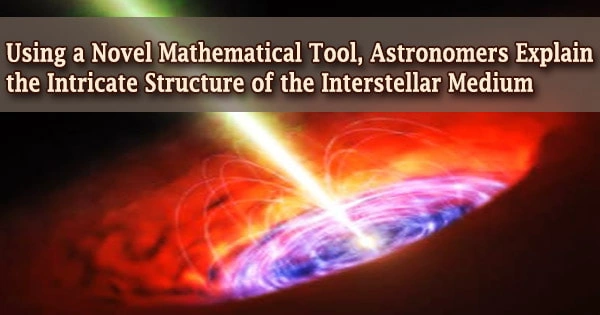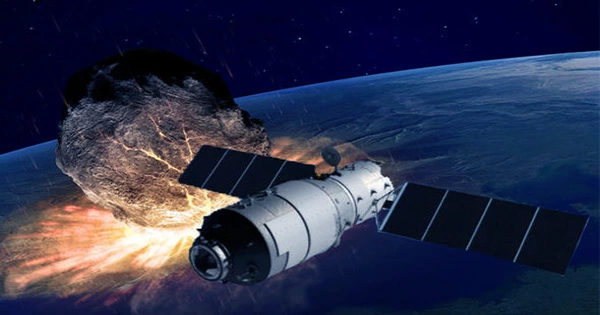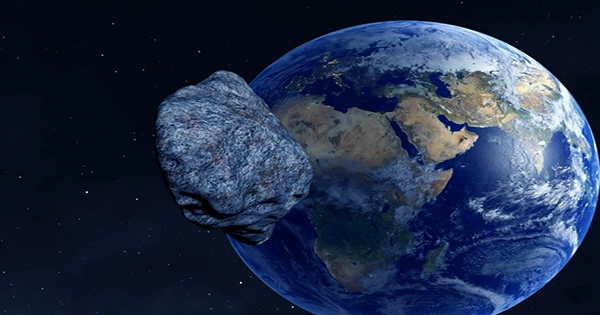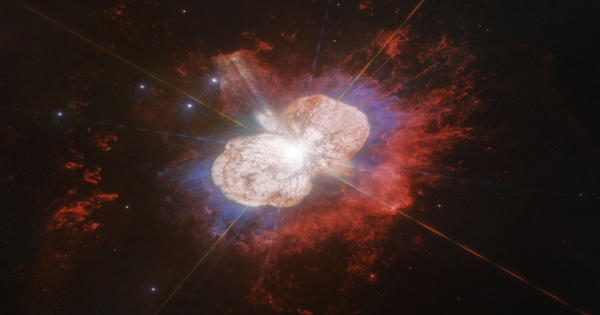Turbulence must first diminish in interstellar dust clouds before gravity can cause a star to develop. The kinetic energy of turbulence comes to rest in an area that is extremely tiny on cosmic scales, ranging from one to several light-years in size, according to a German-French study team.
In a mathematical way, the group also came up with new results: Previously, the interstellar medium’s turbulent structure was described as self-similar or fractal.
The researchers discovered that describing the structure mathematically as a single fractal, a self-similar structure like the Mandelbrot set, is insufficient. Instead, they used multi-fractals, which are a collection of distinct fractals.
Approximately 99 percent of the interstellar medium is gaseous, with hydrogen accounting for 90% of the atoms. Approximately half of this gas is trapped in interstellar gas clouds, which have varying characteristics depending on the gas’s temperature.
As a result, the new approaches may be utilized to precisely resolve and describe structural changes in astronomical pictures. Other scientific domains, such as atmospheric research, might benefit from this technology.
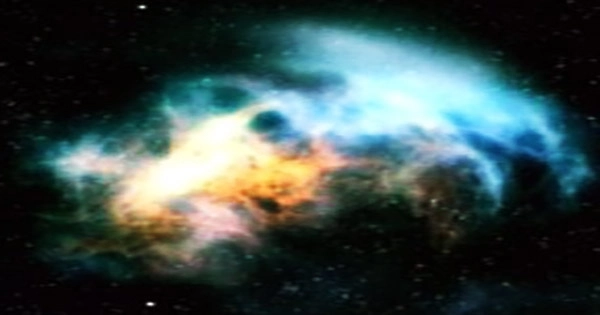
GENESIS (Generation of Structures in the Interstellar Medium) is a German-French collaboration between the Institute for Astrophysics at the University of Cologne, LAB at the University of Bordeaux, and Geostat/INRIA Institute Bordeaux.
The research team uses the Musca molecular cloud in the constellation of Musca as an example of novel mathematical approaches to analyze turbulence in a highlight publication of the journal Astronomy & Astrophysics.
Because hydrogen is the most common component of interstellar gas, astronomers frequently classify regions of space based on whether their hydrogen is neutral or ionized. An H II region is a cloud of ionized hydrogen. A modest rise in the cloud’s gas temperature, as well as starlight that penetrates deep enough into the cloud to be absorbed by the molecules, will cause the molecules to dissociate.
Stars develop amid massive interstellar clouds made mostly of molecular hydrogen, the universe’s energy reserve. This material has a low density, with just a few thousand to tens of thousands of particles per cubic centimeter, but a very complicated structure, with condensations in the form of ‘clumps’ and ‘filaments,’ and finally ‘cores,’ from which stars emerge due to gravitational collapse of the matter.
Many physical processes influence the spatial organization of gas in and around clouds, one of the most significant of which is interstellar turbulence. This occurs when energy is transmitted from vast scales to smaller scales, such as galactic density waves or supernova explosions.
Turbulence is commonly associated with ‘stirred’ liquid or gas flows, but it may also form vortices and display short episodes of chaotic behavior known as intermittency. However, in order for a star to develop, the gas must come to a halt, or the kinetic energy must be dissipated.
The hydrogen clouds will then be able to draw together and create a star due to gravity. As a result, it’s critical to comprehend and analytically explain the energy cascade as well as the resulting structural change.
